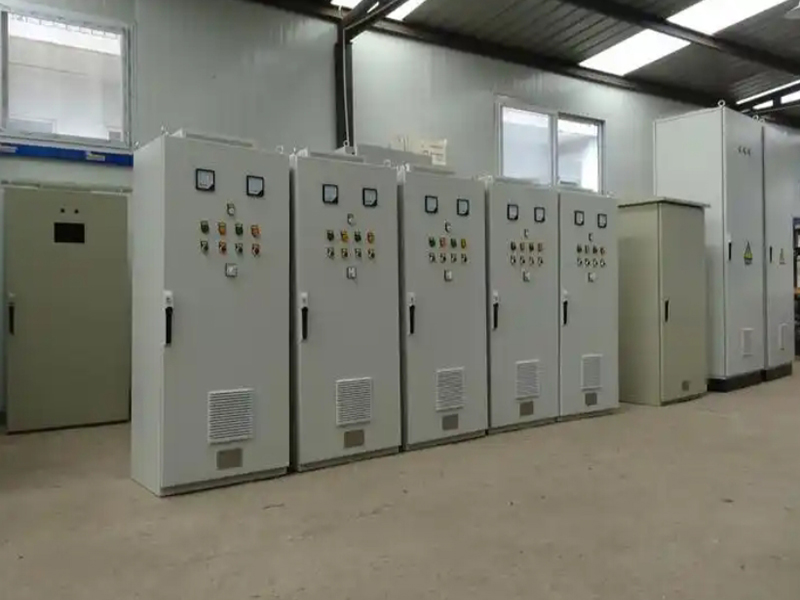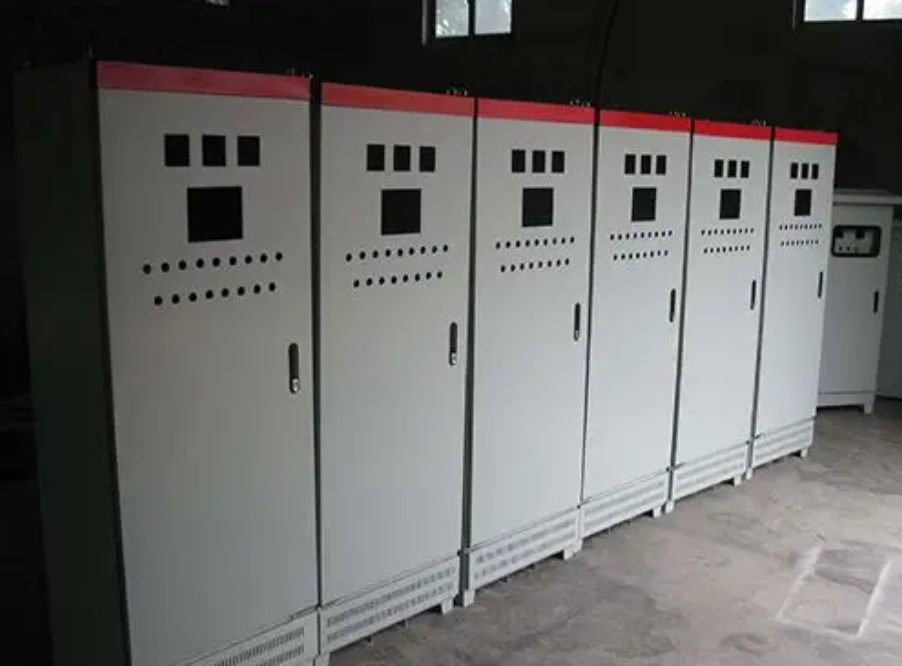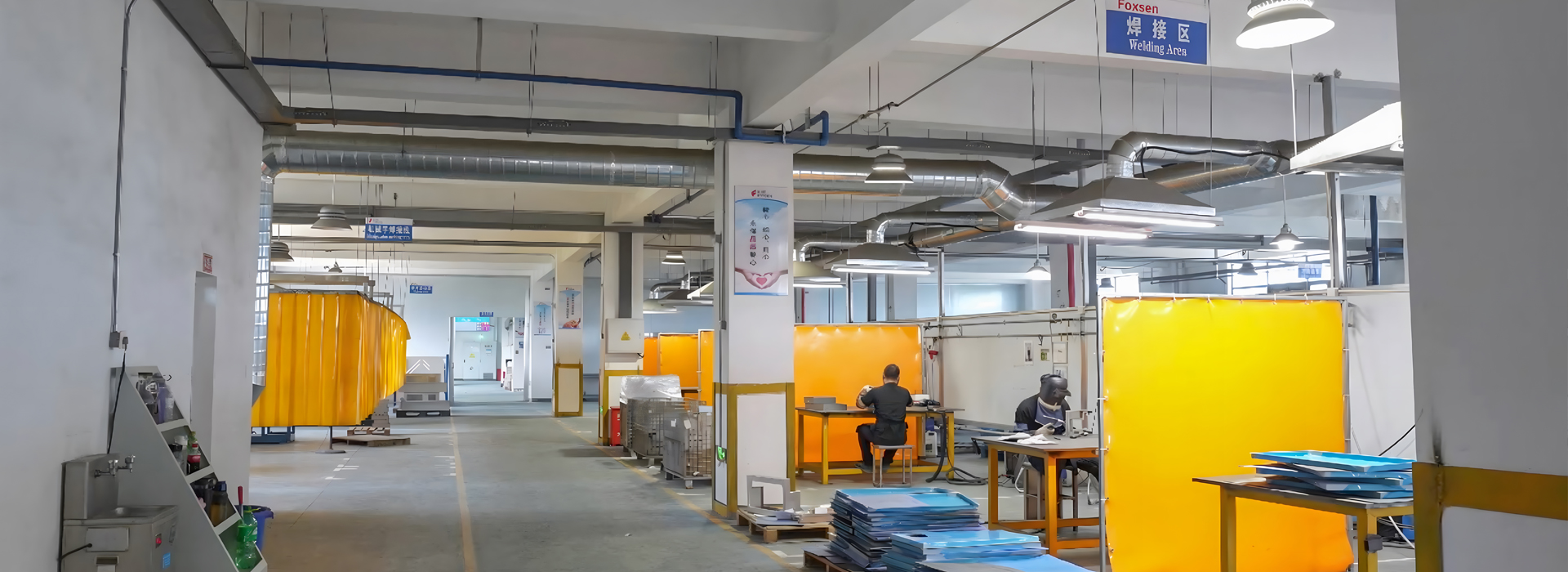When you hear "electronic enclosures," what pops into your head? For me, having tinkered with this stuff at Foxsen, it’s all about those sturdy shells that cradle and shield electrical setups—like the unsung heroes of power systems. An electronic enclosure isn’t just a fancy box; it’s a purpose-built casing, often part of an electrical meter box or distribution cabinet, designed to protect sensitive components, keep power flowing safely, and stand up to whatever the environment throws at it. Let’s unpack what it really means, diving into the nitty-gritty of distribution cabinets and their shells, with some real-world numbers and insights straight from the shop floor.

The Core Idea: What’s an Electronic Enclosure?
At its heart, an electronic enclosure is the protective housing for electrical gear—think switches, meters, breakers, and wiring. In the context of a distribution cabinet (or electrical meter box), it’s the metal shell that keeps everything inside safe from dust, water, knocks, and even explosive gases in risky spots. It’s not just about holding stuff together; it’s about ensuring safety, reliability, and functionality. Whether it’s a home lighting box or a factory power hub, the enclosure is what lets the system do its job without sparking trouble—literally.
Take a low-voltage distribution cabinet, handling up to 1200V AC or 1500V DC. The enclosure—often steel—wraps around components like a 16A breaker (for a 3.5kW 220V load, I = 3500 ÷ 220 ≈ 15.9A) or a three-phase setup for a 7.5kW 380V motor (I ≈ 7500 ÷ (1.732 × 380 × 0.8) ≈ 14.2A). It’s the shell that makes it an electrical meter box, shielding those internals while meeting strict safety rules.
The Shell Game: What Makes Up an Electronic Enclosure?
The meaning of electronic enclosures really shines through in how they’re built—especially the shell. Here’s the lowdown, based on what I’ve seen in the field:
Materials That Matter:
Cold-Rolled Steel (SPCC): A workhorse at 1.5mm thick for basic boxes, 2.0mm for doors, and 3.0mm for backs, with a yield strength of 210 MPa. It’s affordable and tough enough for most jobs.
Stainless Steel (SUS304): The heavy hitter at 505 MPa tensile strength, rust-proof up to 870°C, and a go-to for explosion-proof setups needing IP54 protection (dust and splash-proof). It’s denser at 8.0 g/cm³ versus SPCC’s 7.8 g/cm³, adding heft and durability.
Why It’s Key: The shell’s thickness—like 1.5mm minimum per standards—ensures it can take a hit without buckling, while SUS304’s corrosion resistance is clutch for damp or outdoor spots.
Crafting the Casing:
Cutting: Precision matters—laser cuts at 0.1mm or CNC punching at 0.15mm shape panels like a 400mm × 300mm × 150mm box. That’s tight enough for cable holes to stay sealed.
Welding: Explosion-proof shells demand double-sided welds—spots under 8mm, dents ≤30% of thickness (e.g., ≤0.6mm on 2mm steel)—with no cracks or burn-through. Regular boxes might get by with simpler welds, but safety’s non-negotiable.
Coating: Before spraying anti-corrosion paint, rust and grease get scrubbed off with solvents or alkaline washes. The finish has to be smooth—no peels or pinholes—tested to stick tight, like on SPCC shells.
Safety Built In:
Grounding: A ≥6mm grounding bolt welds on, linking all metal parts with tinned copper straps—paint-free for a solid connection. It’s a must to zap stray currents.
Sealing: Door gaps stay under 1mm, and cable entries get fireproof mud or plates—vital for explosion-proof boxes where a spark could ignite gas.
Checkpoints: No rust or scratches on key surfaces (like explosion-proof faces), and a paper test (A4 resists pulling) proves the seal’s tight.
This isn’t just a box—it’s a fortress, built to specs like GB/T1804 tolerances or IP3X protection (blocking >2.5mm objects), keeping the insides safe and sound.
Inside the Shell: What It Protects
The shell’s meaning comes alive with what it guards:
Wiring: Five-wire setups—three phases (yellow, green, red), neutral (blue), ground (yellow-green)—run neat and labeled, no twists, one wire per terminal.
Components: Breakers, fuses, and meters—like a leakage breaker tripping at ≤30mA in ≤0.1s—keep power in check.
Types: From fixed-panel boxes for basic factory use to drawer-style setups for high-reliability plants, the shell adapts—say, 1.5m dark-mounted for homes (JGJ 242—2011) or 50-100mm bases for industrial units (DL/T 5044—2014).
The electronic enclosure isn’t just a wrapper—it’s the backbone that lets these parts work without frying or failing.

Why It’s Called an Electronic Enclosure
So, what’s the meaning behind “electronic enclosures”? It’s about purpose—protection, precision, and power management rolled into one. That shell—whether SPCC at 1.5mm or SUS304 at 2.0mm—stands as the first line against rust, sparks, or shorts. It’s why a home electrical meter box sits 1.8m off the floor, sealed tight, or why an explosion-proof factory unit gets double welds and fireproof seals. It’s not just metal; it’s a safety net, cut to 0.1mm accuracy, bent with edges at h ≥ r + 2t (6mm for a 2mm sheet), and coated to last.
At Foxsen, we’ve seen how these electronic enclosures—from a 400mm × 300mm home box to a 600mm × 400mm industrial beast—keep the juice flowing and the risks at bay. Next time you spot one, you’ll know it’s more than a box—it’s the meaning of safe, reliable power, built tough and smart.





